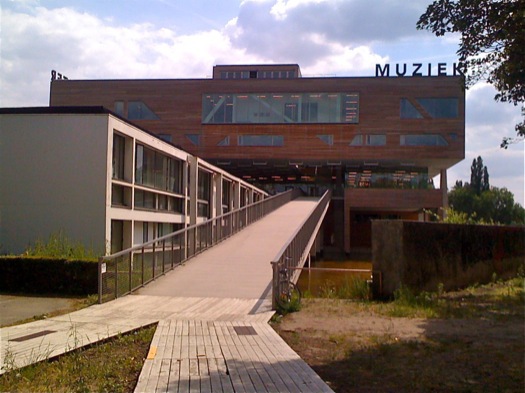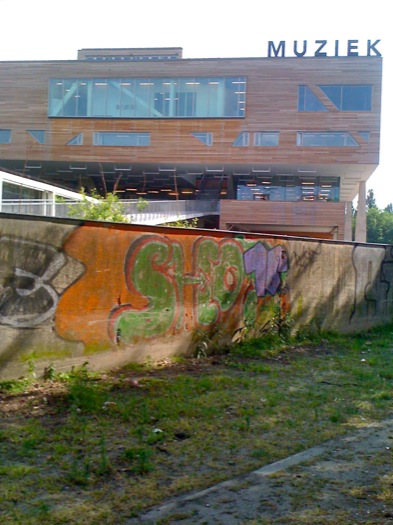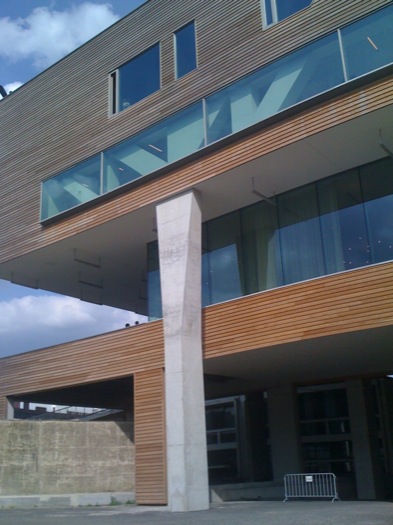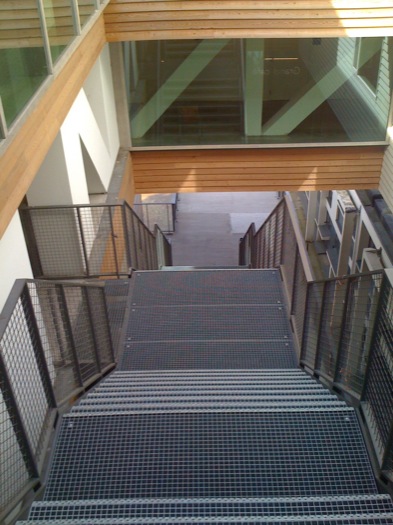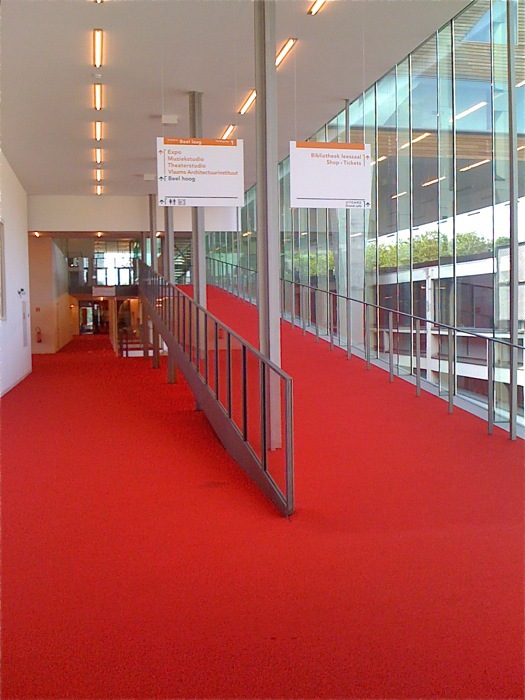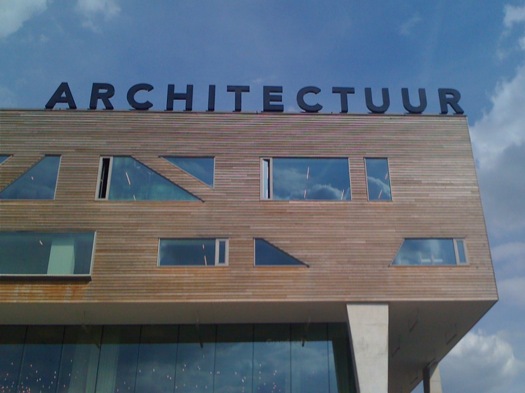
The old knock on Belgium is that it's the New Jersey of Europe, a moribund drive-through territory on the way to some more exciting destination. It's not particularly fair or accurate (nevermind what it says about Jersey), but like most jokes it holds a kernel of truth. Belgium is overshadowed by its neighbors, Holland in particular. Its pre-eminent modern architect wrote a book entitled "The Ugliest Country in the World." (His corrective memoir: "The Most Beautiful Country in the World.") Brussels, for all its many joys, is the capital of European bureaucracy. The Flemish character is unassuming, straightforward, level-headed. The world's most famous Belgian is probably tennis champion Kim Clijsters, a grind-it-out working mother who might be called an anti-celebrity.
Flemish architecture is a lot like Clijsters: fundamentally solid, creative when the situation requires (but never flashy), and respectful to a fault. Similarly, it should not be underestimated, though it usually is. There is no such thing, for instance, as a Belgian "starchitect." If Flemish design is known at all, it is for the rather cerebral fashion of the likes of Dries van Noten and Anne Demeulemeester, and for the interior design of Axel Vervoordt. The new Flemish architecture is not driven by formal experimentation or heavy-handed theorization. If a simple box will suffice, you will get a simple box—a beautifully made simple box.
Travel even a little bit in Flanders and you will find that a distinctive national school has emerged, its characteristics being boxy, cubic volumes; clearly articulated structure; polished details executed with precision; and a sensitivity to history combined with an inventive attitude when it comes to reinterpreting it. It's not at all uncommon to walk into a building with a traditional facade only to find an interior that has been dramatically re-imagined.
Among the first generation of architects building in this tradition are Stephane Beel, Jo Crepain, Robbrecht & Daem, and Xaveer de Geyter. Beel's recent addition to the Singel arts complex (above and below) is a realization of the Flemish school at its most sophisticated. The aesthetic extends as well to larger commercial practices, but even more interesting is the work emanating from a number of younger studios, among them B-Architecten, Barak, Nu Studio, and Vincent van Duysen.
As much as I admire the cultivated historicism of AvroKo and Roman & Williams, I'd like to see what a firm like B-Architecten, who introduce a jolt of pop visual dynamism into the more minimal Flemish aesthetic, would do with a major commercial space in New York.
With the opening of the Neutlings-Riedijk MAS museum in Antwerp, Flemish design is having a bit of a celebratory moment. The building (about which more later), is an extraordinary thing to see (and see from), but it strikes me as a Dutch building on Flemish soil, which is not surprising, as Neutlings is a Dutch architect living in Antwerp. (B-Architecten designed the dramatic exhibition displays.) I expect it will draw many visitors to the city, and hope they will look around at some of the other fine work in the region that also warrants attention.
